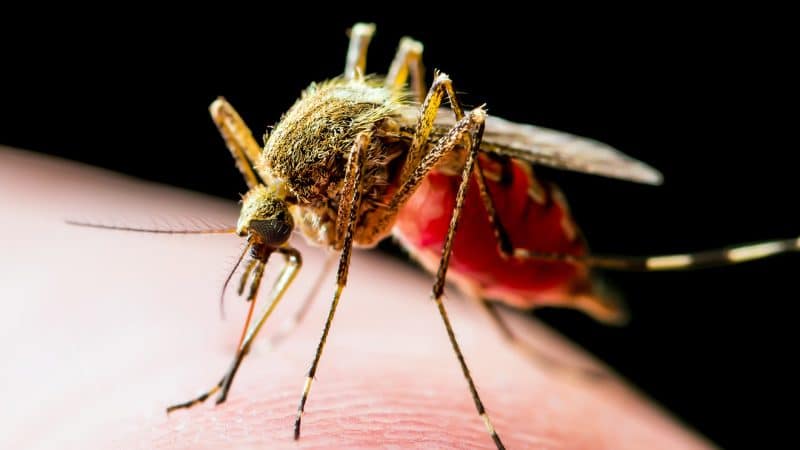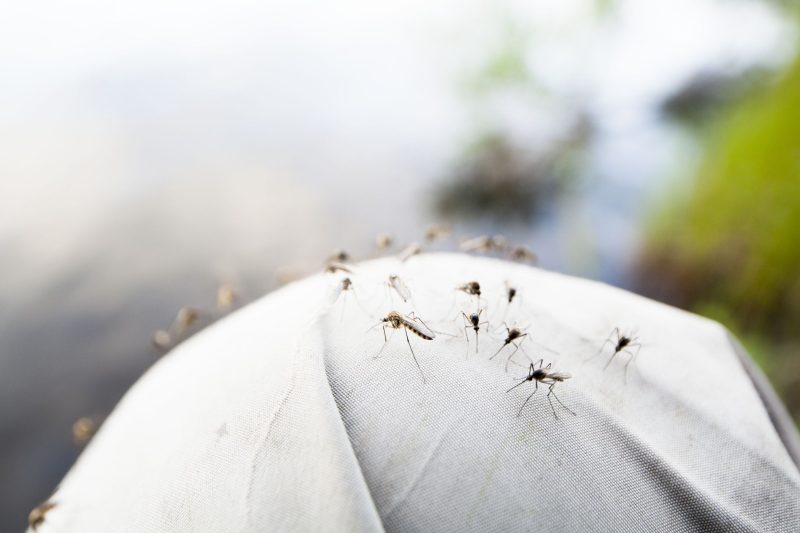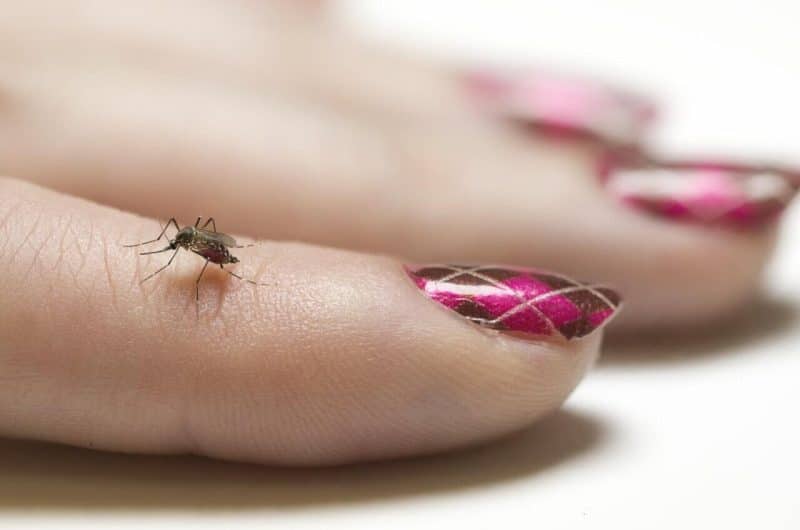It is a given that a mosquito is attracted to warm-blooded animals. But how does it happen? For the longest time, we just know that mosquitoes bite, but we do not really know how it happens. Why do we need to put on unique-smelling repellents? How do these products work? Below is some information about how a mosquito reacts to your presence and how this alone makes it bite.
Vision Activation in a Mosquito
Research says that a mosquitoes smells your breath. Once it smells your breath, its vision activates. Mosquitoes suddenly see a flash of red hue on your skin. This pulls them closer to you. Then, the moisture and heat from your body signal them to land on your skin. Then, the mosquito bites you.

This is what a female mosquito goes through to feed. The University of Washington is performing a study that inspects what attracts mosquitoes to people. Their studies reveal that a female mosquito is attracted to orange and red. The diffusion of carbon dioxide in the air made mosquitoes see red.
A mosquito flies towards the source of CO2. These are the reddish colors your skin reflects. The results of this study can result in developing traps to wipe out mosquito populations. More people can avoid being bitten. The scientists discovered that CO2 stimulates nerve activity in their brains’ optical areas. The smell of carbon dioxide or your breath improves their vision.
The Red Spectrum Vision of a Mosquito
Another experiment shows the strong red spectrum reflecting on human skin. The volunteers their hands against a clear windowpane that prevents odors and body heat from reaching the mosquitoes. Some of the volunteers had bare hands. Others wore white gloves. The mosquitoes flew toward the bare hands.

When an optical filter blocked the red wavelengths, the mosquitoes were not attracted anymore. They did not go to the white-gloved hands. This makes scientists wonder if we can make ourselves invisible to any mosquito. This is only possible by blocking the red band or wavelength from our skin.
The Dot Experiment
The absence of an odor stimulus makes a mosquito ignore any color. It is only when a spray of carbon dioxide reaches the mosquitoes that they focused on the dots that were orange, cyan, red or black. They then ignored purple, green or blue dots. The carbon dioxide elevates a female mosquito’s level of activity. The female mosquito starts searching the area around it for a potential meal.

It is similar to a human smelling something delicious like cinnamon or a baking pie. You start looking for a bakery or a pastry shop. Even if mosquitoes smell, scientists are still not sure if a mosquito can differentiate colors as we do. Genes determine this trait in female mosquitoes.
Covering Your Skin and Masking Your Odor Makes Sense
Wearing long sleeves and long pants can protect you from mosquito bites because this prevents the mosquitoes from smelling the carbon dioxide from your body. The cloth blocks the red color being emitted by your skin as well. The odor emitted by repellents shoos them away, disabling the special vision that female mosquitoes have. This makes them fly away and leave you alone.

Female mosquitoes smell the CO2 your skin emits. It comes from your sweat, your skin, and your breath. This attraction may become worse because of the colors you wear. Wearing thick, white and light-colored clothes seems to discourage them from landing.

Strong fans confuse their smell that is why they do not land on your skin and bite you. Repellents have odors they don’t like. They disguise your odor so the female mosquito does not activate the vision for red. These findings could someday help scientists figure out how to block the long-wavelength our skin emits all the time.